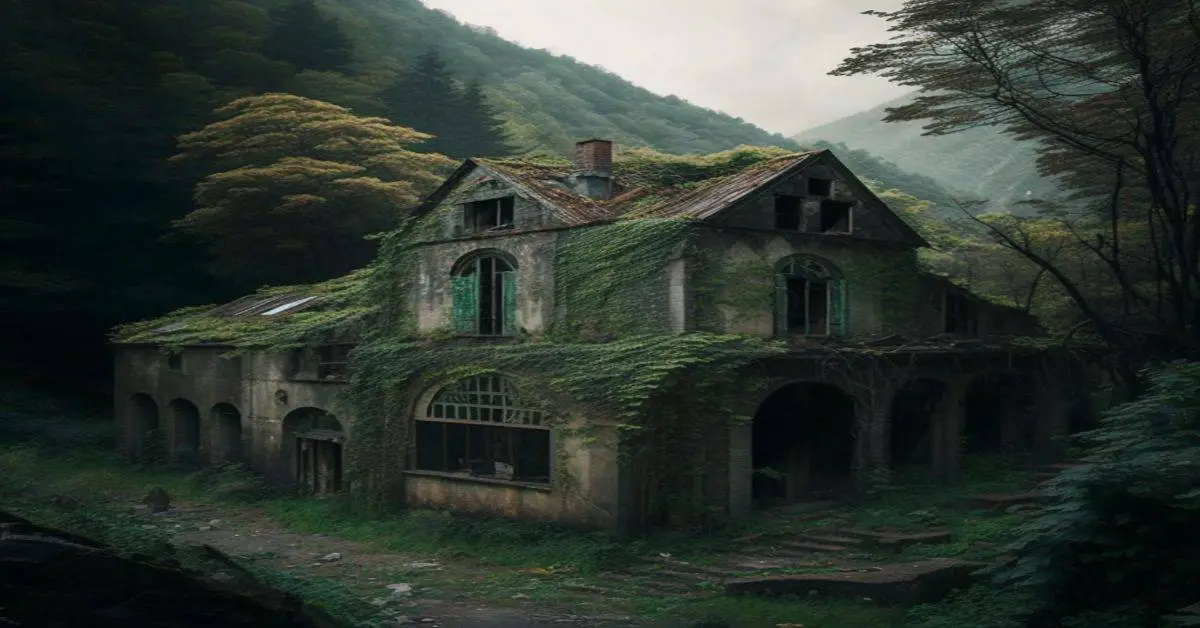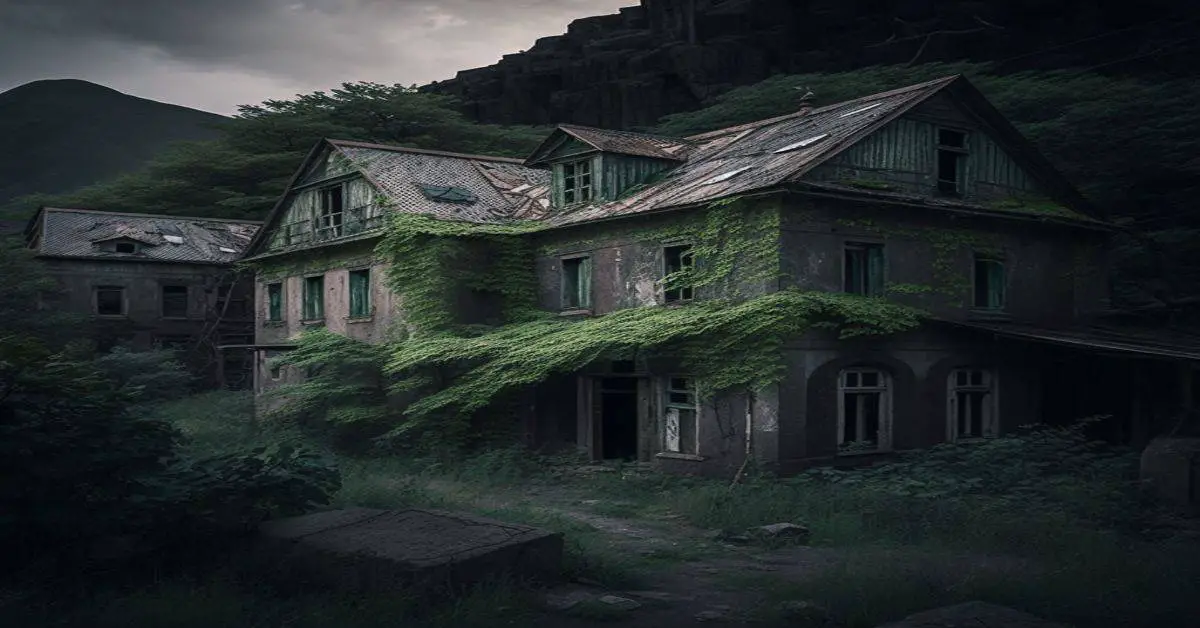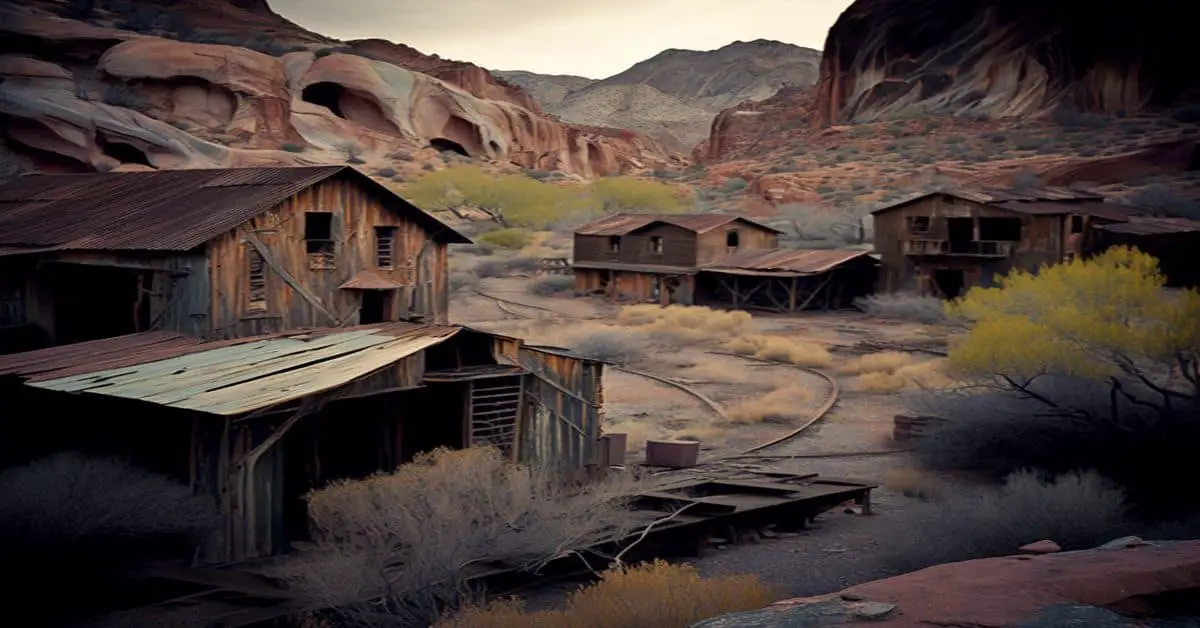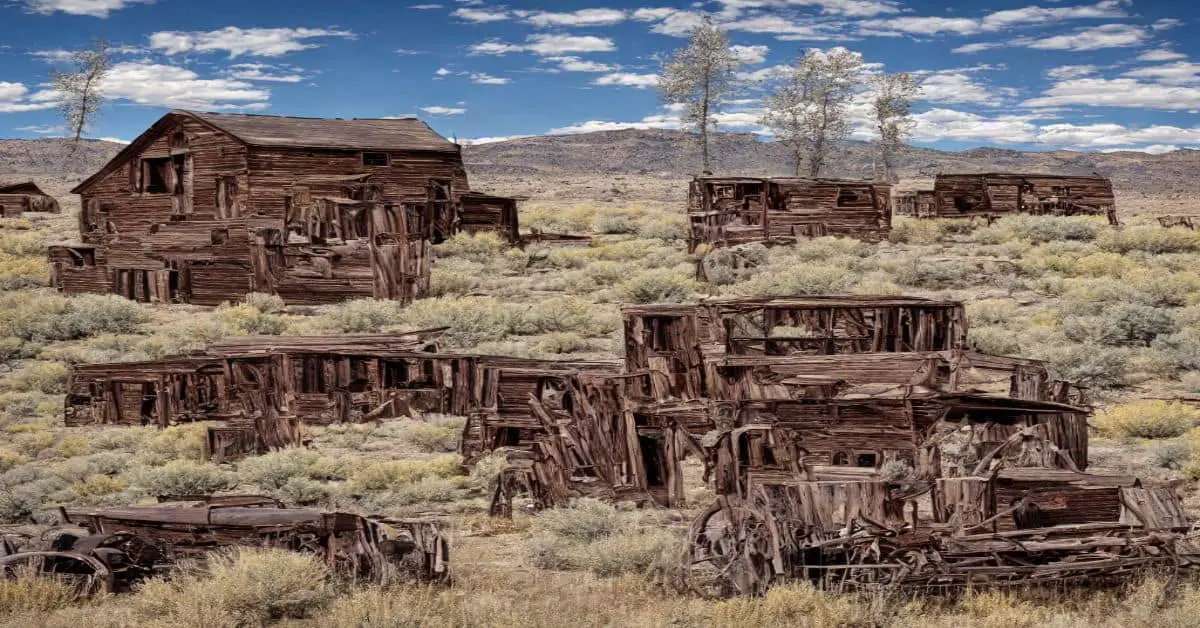Copper Falls Mine is a fascinating ghost town in Michigan that has been abandoned for decades but still retains its haunting beauty. The town was settled in the mid-19th century after a vein of native copper was exposed in a waterfall. From then on, Copper Falls Mine became a bustling community, with miners and their families coming to live and work in the area.
Today, the abandoned buildings of Copper Falls Mine serve as summer residences, and visitors can explore the restored summer residence along the Copper Falls Loop. Despite its abandonment, Copper Falls Mine still holds a significant place in history.
The town was once a thriving hub of industry and commerce, and its discovery of native copper helped fuel the development of the surrounding area.
Today, the town is a fascinating reminder of the past, offering visitors a glimpse into the lives of the people who once lived there. In this article, we will delve into the history and activities of Copper Falls Mine, exploring the eerie beauty of this forgotten ghost town.
Key Takeaways
- Copper Falls Mine was settled in the mid-19th century after discovering a native copper vein and was once a bustling community of miners and families.
- Today, it is an abandoned ghost town with haunting beauty, with several buildings and residential structures still present, used as summer residences.
- The area holds significant importance in history as a thriving hub of industry and commerce, predominantly owned by non-Native American settlers, which led to the displacement of indigenous communities.
- Preservation efforts are ongoing to ensure that the remaining buildings are structurally sound, and the landscape frozen in time with remnants of the once-thriving community scattered throughout the area.
Settlement and Discovery
The settlement of Copper Falls Mine – Ghost Town in the mid-19th century was spurred by the discovery of a native copper vein exposed in a waterfall. This discovery led to the development of copper mining techniques that allowed for extracting large quantities of copper from the area.
The mining industry in Copper Falls Mine was predominantly owned by non-Native American settlers, who established the town and its infrastructure.
The area surrounding Copper Falls Mine was originally inhabited by Native Americans, who had a long history of mining copper from the region. However, the influx of non-Native American settlers displaced these indigenous communities, who were often forced to leave their ancestral lands.
Despite this, Native American presence and influence can still be seen in the area today, with many of the place names and cultural markers reflecting the region’s indigenous history.
Buildings and Residences
Several buildings and residential structures can still be found at Copper Falls Mine, some of which are used as summer residences. The town boasts a few residential buildings that have been preserved over the years, as well as a restored summer residence along the Copper Falls Loop.
Visitors can explore the town’s past by walking through the restored residence and imagining what life was like for those who lived there. Renovations and restorations have been ongoing in Copper Falls Mine, as preservation efforts aim to keep the town’s history alive.
The restored summer residence along Copper Falls Loop is just one example of these efforts, showcasing the town’s unique architecture and design. Other preservation efforts include maintaining the town’s rickety old bridge and ensuring the remaining buildings are structurally sound.
As a result, Copper Falls Mine continues to be a hauntingly beautiful ghost town that attracts visitors worldwide.
Exploring the Area
Venturing through the abandoned settlement of Copper Falls Mine reveals a landscape frozen in time, with remnants of a once-thriving community scattered throughout the area. However, there is more to see beyond the buildings and residences.
Copper Falls Mine offers hiking trails that lead to natural landmarks, such as the waterfall where the copper vein was first exposed. The Copper Falls Loop, for instance, provides an opportunity to cross a rickety old bridge and witness the beauty of the waterfall up close. Furthermore, other trails offer stunning views of the surrounding wilderness.
The area is ideal for those who enjoy hiking, as it provides an opportunity to explore the region’s natural beauty while also allowing visitors to witness the remnants of a bygone era.
Frequently Asked Questions
What caused the abandonment of Copper Falls Mine and the surrounding town?
The abandonment of Copper Falls Mine and its surrounding town was likely caused by a combination of environmental impact and economic factors, including the depletion of copper reserves, declining demand for copper, and the high costs of mining in the area.
Are there any legends or ghost stories associated with the ghost town?
No documented haunted tales or supernatural sightings are associated with Copper Falls Mine – Ghost Town. However, the abandoned buildings and eerie atmosphere may give rise to speculation and folklore among visitors.
Has any archaeological research been conducted at the site to uncover more about its history?
Possible research through excavation techniques could reveal more about the history of Copper Falls Mine – Ghost Town. However, there is no available information on any archaeological research conducted at the site.
Are there any plans to restore or preserve more of the original buildings in the town?
Preservation efforts for the historical significance of the original buildings in Copper Falls Mine – Ghost Town are unclear. No current plans have been discussed or implemented for further restoration and preservation.
What is the current state of the waterfall and native copper vein originally discovered at the site?
The state of the waterfall and native copper vein at Copper Falls Mine is unknown. Conservation efforts are underway to preserve the site’s historical buildings, but it’s unclear if any efforts are being made to preserve the natural features.




